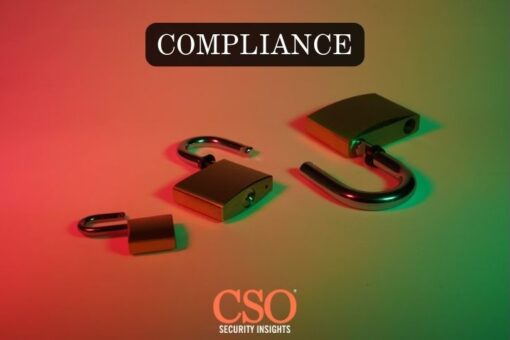Artificial intelligence (AI) and machine learning (ML) are revolutionizing traditional banking processes, from enhancing customer service to redefining credit risk assessment. However, with innovation comes new avenues for fraud and a pressing need for vigilant oversight. Understanding credit risk modeling within financial organizations is essential for anyone engaged with financial services.
The evolution of credit risk modeling has been significantly impacted by AI and ML. These technologies offer sophisticated tools to analyze vast datasets, predict loan defaults with greater accuracy, and tailor financial products to individual customer profiles. However, this shift also introduces complexities in data integrity, algorithmic bias, and the transparency of decision-making processes.
Machine learning operates on the principle of “garbage in, garbage out,” highlighting the importance of data quality and algorithmic objectivity. Biases in data or design can lead to skewed risk assessments, unfairly affecting loan approvals or interest rates. Ensuring these innovative models do not inadvertently facilitate financial fraud or discrimination is a significant challenge for fraud examiners.
The benefits of ML in banking include improved prediction accuracy and enhanced detection of financial crime and compliance issues. However, challenges such as algorithmic bias, lack of transparency, and new forms of financial fraud must be addressed. Regulatory frameworks and guidelines, such as the NIST AI Risk Management Framework and the EU AI Act, aim to enhance the trustworthiness of AI systems and ensure responsible deployment.
As AI continues to evolve, so too must the strategies employed by those responsible for overseeing its use in the financial sector. The development of global standards for AI use in financial services, transparency in algorithmic decision-making, and the protection of consumer privacy are areas requiring careful attention. By leveraging these technologies responsibly, we can harness their potential while safeguarding the integrity of the financial system. Read the full article here: https://www.fraud-magazine.com/article.aspx?id=4295023778








